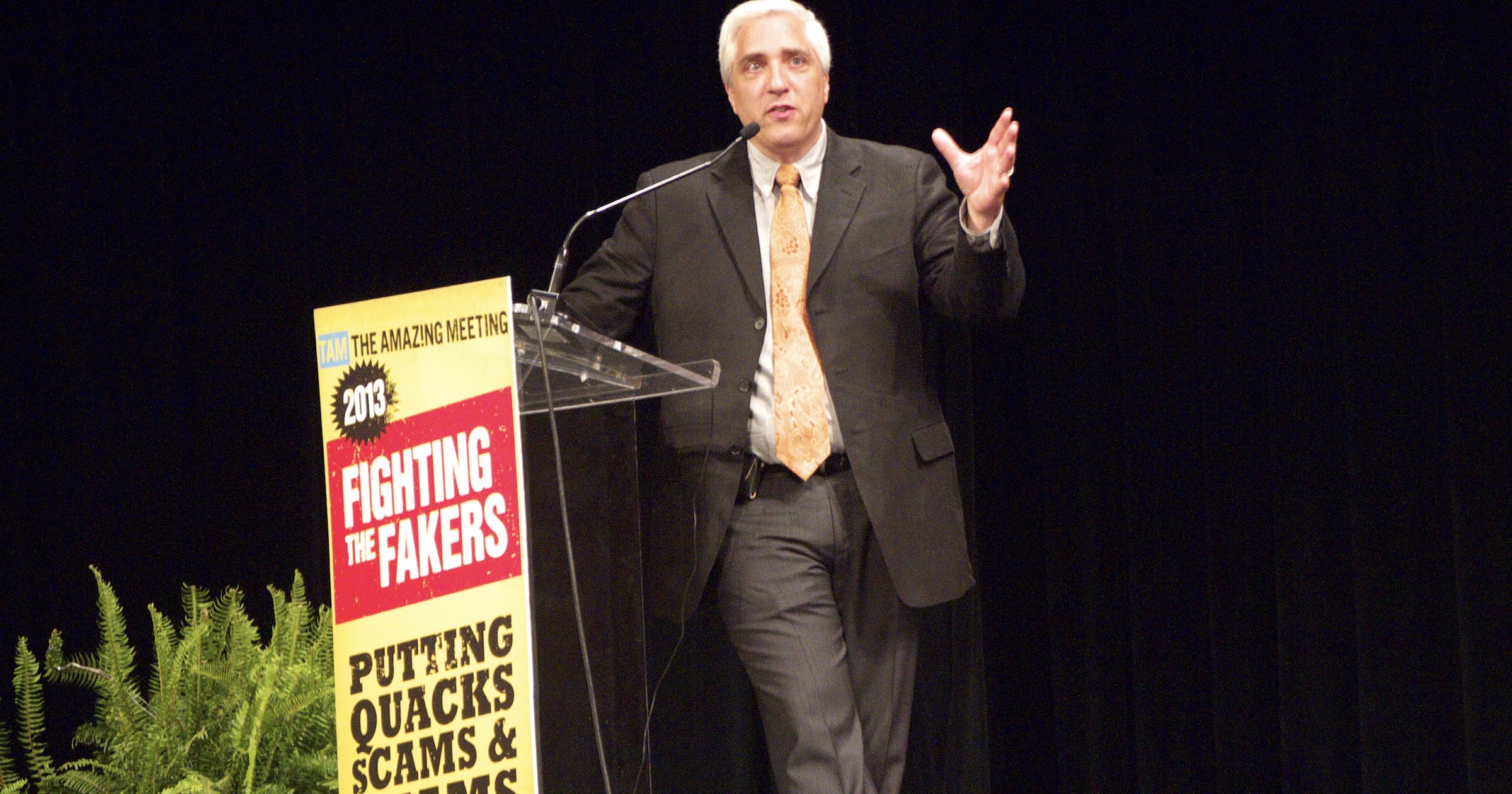 Evolution
Evolution
 Intelligent Design
Intelligent Design
Yale’s Steven Novella Falls for Origin-of-Life Hype

Earlier this week, I described how the University of Tokyo greatly overstated the research results of a team of their origin-of-life scientists. The exaggerated claims have been spreading across the Internet. For example, Yale neurologist Steven Novella repeated the same misinformation:
Researchers at the University of Tokyo published a study in Nature Communications in which they establish that an RNA system can spontaneously evolve complexity. …This RNA network had the critical components of evolutions — able to generate new information, greater complexity, and new variation. Further there was a differential survival of those molecules better able to function in the network in order to self-replicate. This is, in short, evolution. Give it a few billion years and you might have something interesting.
Promoting the Secular Creation Narrative
Novella is a prominent atheist who jumped at the chance to promote the secular creation narrative of life’s origin. In his blog post, he even included a figure from an article published in the journal Cell depicting the RNA world hypothesis. The diagram includes a long RNA chain folded into an enzyme-like structure (aka ribozyme) that can perform biologically relevant functions such as replicating RNA templates. The diagram depicts the journey of the ribozyme and neighboring peptides into modern cellular machinery.
However, Novella’s depiction of the experiment is completely inaccurate. The RNAs did not fold into ribozymes that replicated other RNAs or directly performed any other function. Instead, the investigators supplied all the cellular machinery to manufacture proteins. They also supplied the “host” RNA that encoded the information to generate proteins that replicated RNA templates. The “translation-coupled RNA replication (TcRR) system” did not generate anything truly novel or grow in biologically relevant complexity. The RNAs solely acquired mutations that altered the translated replicase’s efficiency and accuracy.
Predicting the Future
Novella suggests that the system could over billions of years produce “something interesting.” But one does not need to guess its fate if it were transported back in time to the early earth. The researchers in a 2013 Nature Communications article describe exactly where the system heads if left on its own:
Translation coupling increases the complexity of the replication scheme; therefore, the TcRR system becomes vulnerable to selfish or parasitic RNAs, which are continuously generated from genomic RNA by the deletion of the internal replicase-encoding region, while retaining the terminal region for replicase recognition. These small RNAs are selfish and parasitic in that they do not produce replicase but replicate rapidly because of their small size (typically 222 nucleotides), utilizing the already existing replicase, until genome replication is competitively inhibited (parasitic RNA replication in Fig. 1a).
The purported increase in complexity corresponds to the production of nonfunctional RNAs that provide no benefit to a developing cell. Instead, they eventually shut down host RNA replication. The researchers could only sustain replication by separating the host and parasitic RNAs into their own microscale compartments. The isolation required a highly sophisticated experimental protocol that would have had no parallel on the early earth. In an ancient environment, any RNA replication system would have quickly crashed, and the RNA and proteins would have irreversibly degraded into simpler molecules (here, here).
The Deep Irony
The irony of Novella’s pollyannish description of the research is that he is a host of The Skeptics’ Guide to the Universe podcast. He described the purpose of the podcast as follows:
…we challenge the audience to pick out the fake science news item from the real science news item. …But we deal with the paranormal or conspiracy theories, or health fraud, consumer protection type of issues. And our goal is to give our listeners the tools to look at science in the news, science in society and have some way of navigating through all of the claims and all of the hype and basically have the tools to figure things out for themselves more than anything else.
If Novella had consistently applied his hype-detection tools to the press release from the University of Tokyo, he would have described the research in dramatically different terms.
